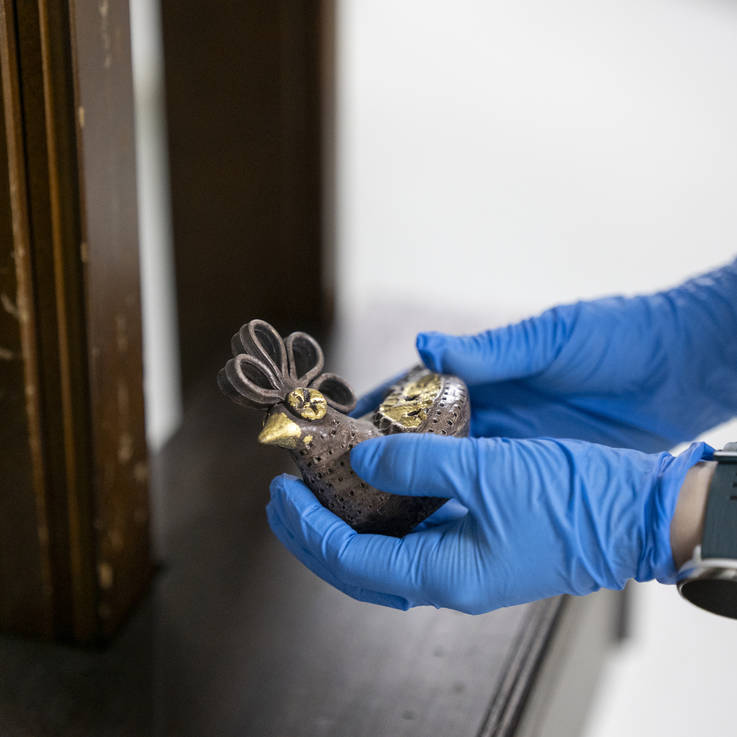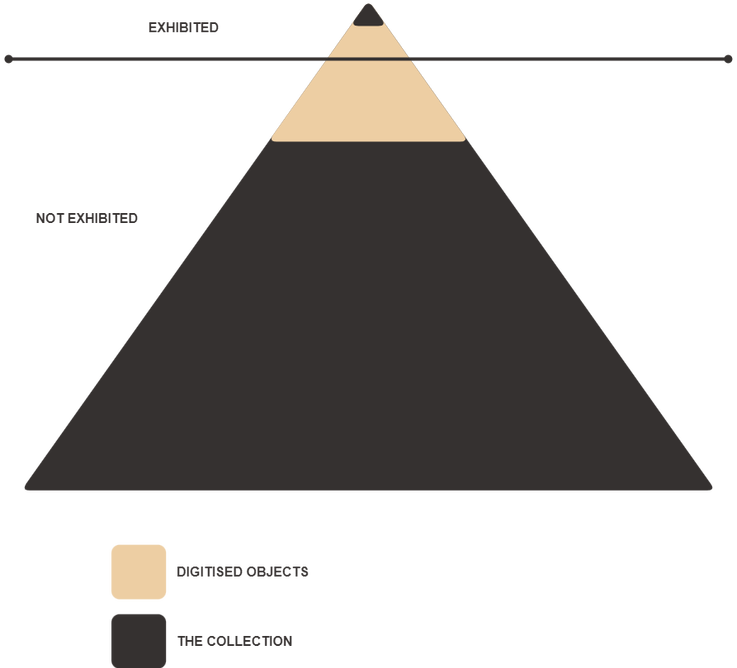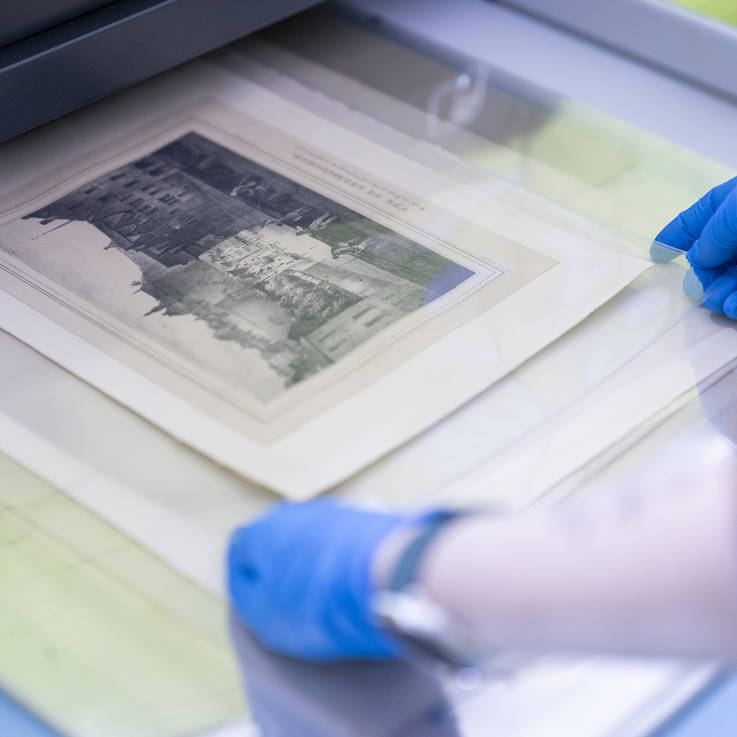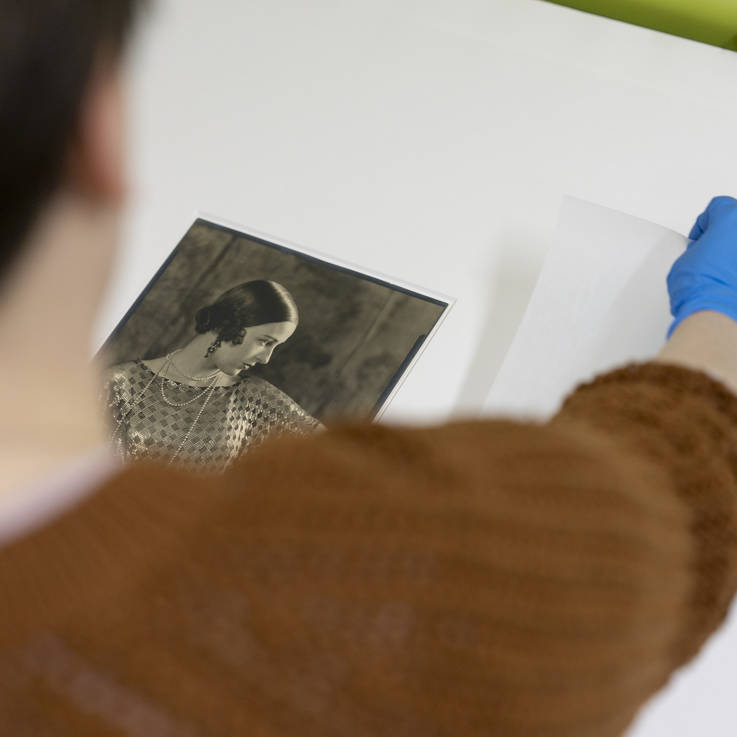One of the main features of a museum, according to the ICOM’s definition, is its collection. In the case of our museum, we began collecting long before there was a building to house it.

A rare model of "Péckvillchen", a clay bird whistle which is a very typical product of ancient tradition in the Grand Duchy ans has become a collector's item.
In 1845, only a few years after Luxembourg became independent, the
Société pour la conservation et la restauration des monuments
historiques started collecting archaeological and numismatic objects. This society was recognised by the state in 1868 when it became the Section historique de l’Institut Grand-Ducal. It continued to collect archaeological and historical objects, with a view to eventually exhibiting them in a museum.

It would take another 50 years or so for the state to realise its plans for a museum by buying the Maison Collart-de-Scherff on the Marché-aux-Poissons in 1922. By then, efforts had been made to build a fine arts collection in addition to the collections of the Section historique. It took a number of years for the building to be turned into a functional museum. It was finished in 1939, just in time to celebrate 100 years of Luxembourgish independence, but the museum didn’t end up opening because the country was occupied by the Nazis shortly after.
During the war, the collections had to be protected from damage. At the same time, the occupying forces kept collecting objects and artworks for the museum. The acquisitions from these years (1940- 1944) are currently being studied as part of the Provilux project.

A lithograph by Nicolas Liez depicting Luxembourg City
How much of our collection is actually on display?
After the occupation ended, the museum finally opened its doors to the public in 1945. This, of course, didn’t mean we stopped collecting, which we continue to do to this day. From the very beginning, it was clear that not all the objects in our collection could be exhibited, as space was limited. This continues to be the case even after the museum reopened in 2002, when its exhibition space expanded to 6.200 m2. The opening of the Musée Dräi Eechelen added 1.200 m2 of space to tell the story of Luxembourg’s fortress in over 500 objects.
However, that still means that most of the objects in the museum’s collection have to be stored at the depot. The exact number of objects in the collection is difficult to determine at present because the objects haven’t all been added to our digital inventory yet. We estimate that there are around 300.000 objects in total – which would correspond, on average, to the acquisition of around 1.600 objects per year since 1845. Around 6.000 of these objects are currently on show at the Nationalmusée um Fëschmaart and around 600 at the Musée Dräi Eechelen. That’s only 2.2% of the entire collection.

A portrait of Mrs. Paul Abbot by Edward Steichen
The limits of space do not apply to the internet though, so digitising objects and adding them to our online platform MNAHA Collections, therefore, gives you precious access to objects that would otherwise remain unseen until selected to be featured in an exhibition. Each month, we highlight one of them in a special section on our platform called Gems from the depot. They can be objects the members of the digitisation department are especially excited to have in the collection (like our May object) or ones that fit events happening that month (Public Domain Day in January, Péckvillercher in April, spooky objects in October…). You’re bound to discover something new each month.
Author: Edurne Kugeler - Images: Éric Chenal - Graph: MNAHA Archives
Source: MuseoMag N°III 2024
